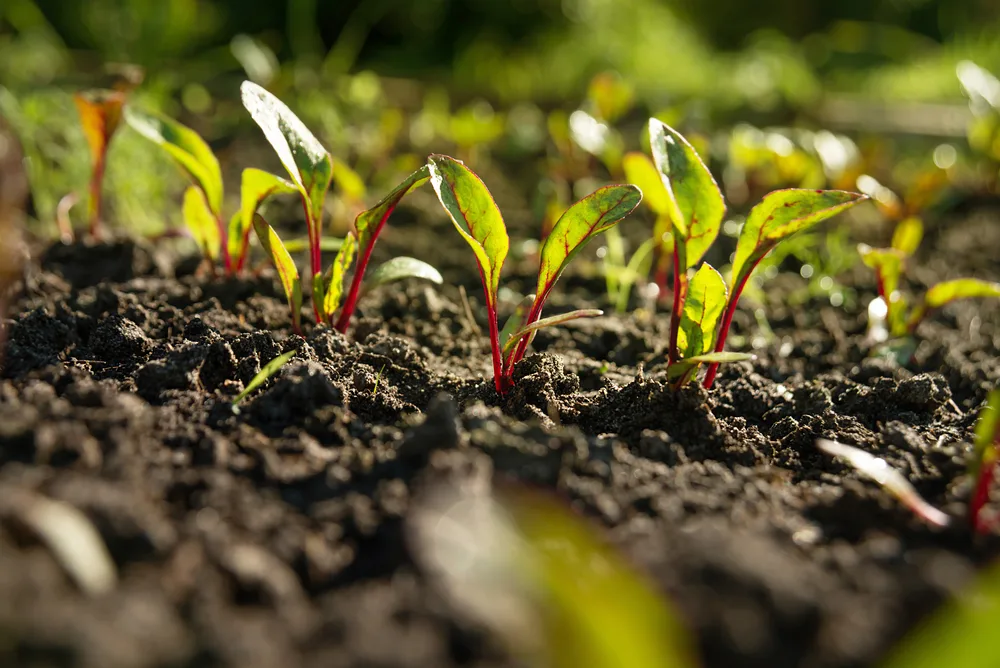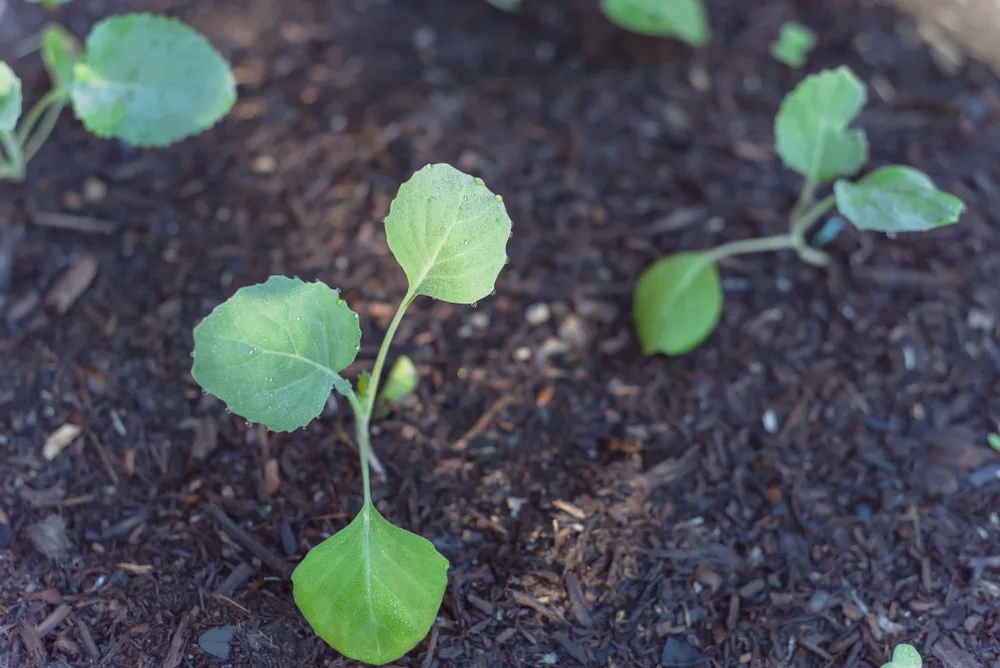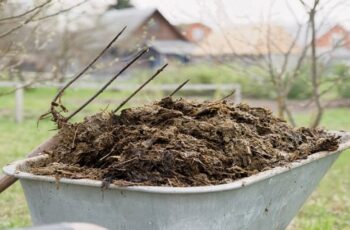Ad Blocker Detected
Our website is made possible by displaying online advertisements to our visitors. Please consider supporting us by disabling your ad blocker.
7. Spinach
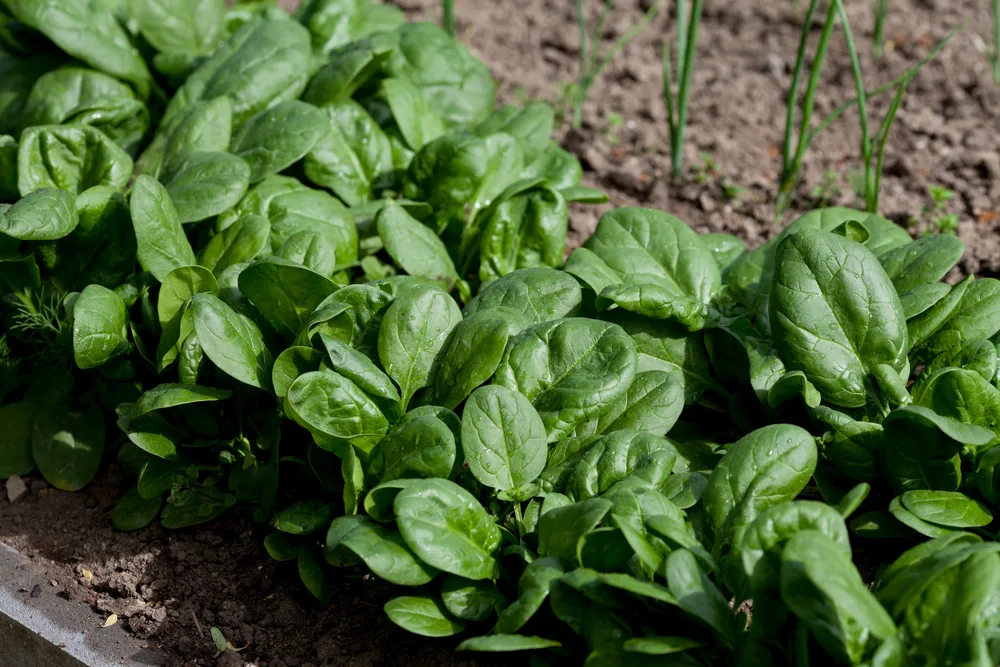
Maximizing your spinach yield starts with planting at the right time. It takes approximately six weeks of cooler weather for spinach seeds to mature into luscious leafy greens. By starting early, you can enjoy your first harvest while your warm-season crops are being planted.
When the soil is ready for planting, sow your spinach seeds at a depth of ½ inch, planting twelve seeds per foot. As your plants grow to 2 inches tall, thin them to 3-4 inches apart. To ensure successful germination, sow your seeds when the soil temperature is around 40°F (4°C).
Spinach thrives in temperatures ranging from 50°F to 70°F (10°C to 21°C). As soon as your seedlings are established, monitor the temperature to ensure optimal growth.
To yield a bountiful harvest, sow additional spinach seeds every two weeks during the spring months. This will allow you to take advantage of the cooler weather and maximize your harvest before the days become too long and hot. With these tips, you can enjoy a plentiful spinach harvest in your garden.
8. Arugula

Experience the bold and tangy flavors of arugula, a leafy green that’s even sweeter when grown in cooler conditions. Arugula seeds are hardy, germinating in soil temperatures as low as 40°F (4°C), and young plants can even survive a light frost.
To grow your own arugula, simply sow the seeds in your garden to a depth of ¼ inch with rows 10 inches apart. Once they start to grow, thin out the seedlings to ensure that each plant is spaced 6 inches apart. With ideal temperatures ranging from 45°F to 60°F (10°C to 18°C), these cool-season greens will thrive and grow rapidly.
After just 6 to 8 weeks, your arugula will be ready to harvest. For a milder taste, pick the younger leaves, or opt for a more pungent and spicy experience by choosing the larger ones. With its versatility and robust flavor profile, arugula is a must-have addition to any kitchen or garden.
4 Weeks Before the Last Frost
9. Mustard
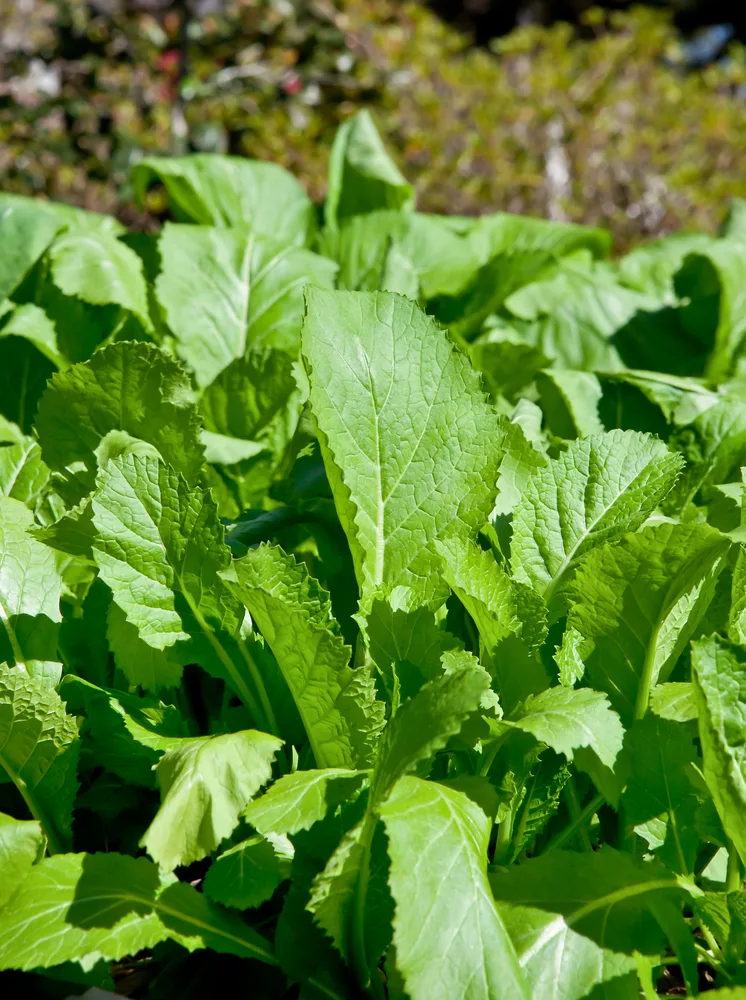
Discover the incredible versatility of the mustard plant, a true all-around provider in your garden. Not only do mustard greens boast a delightful, spicy kick, but they also make a perfect addition to any salad mix. Harvest the leaves frequently throughout the growing season to enjoy their invigorating taste.
Allow your mustard plants to blossom into gorgeous yellow blooms throughout the summer months, while they simultaneously attract beneficial insects and pollinators. These fragrant leaves also work wonders at repelling unwanted garden pests.
As the flowers begin to bear seeds, you’ll be left with the pungent spice that is commonly used for making mustard. By allowing your mustard plants to bolt, you can guarantee that they will self-seed each year, reducing the need for replanting.
Once the growing season comes to a close, consider turning over your mustard plot to enrich the soil with green manure. As a member of the Brassica family, mustard has the added benefit of being able to get an early start in your garden.
For optimal growth, plant your mustard seeds up to four weeks before the last frost. Space the seeds 4 to 6 inches apart with 2 feet between rows. Trust us, with its many uses and benefits, mustard is a plant that no garden should be without.
